Sony E 15 mm f/1.4 G
7. Coma, astigmatism and bokeh
In this category the Sony fares better than the Sigma that had to deal not only with coma but also with aberrations of higher degree. In its case, these tell-tale 'wings' were well pronounced and didn't disappear completely even on stopping down the aperture by 1 EV.
| A7R III, f/1.4, center | A7R III, f/1.4, Corner |
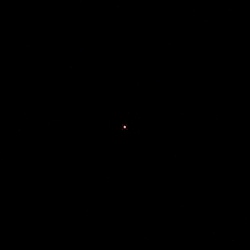
|
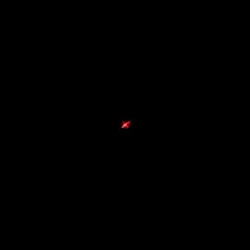
|
| A7R III, f/2.0, center | A7R III, f/2.0, Corner |
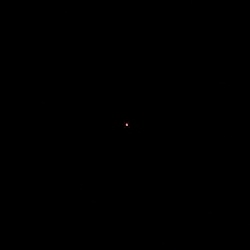
|
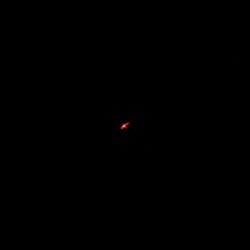
|
Please Support UsIf you enjoy our reviews and articles, and you want us to continue our work please, support our website by donating through PayPal. The funds are going to be used for paying our editorial team, renting servers, and equipping our testing studio; only that way we will be able to continue providing you interesting content for free. |
- - - - - - - - - - - - - - - - - - - - - - - - - - - - - - - - - - - - - - - - - - - - - - - -
Astigmatism, understood as an average difference between horizontal and vertical MTF50 function values, amounted to 5.9%, so its influence on image quality is slight. It should also be mentioned that this result is mainly influenced by the maximum relative aperture; a slight stopping down limits it in a significant way. Once again the Sony fares noticeably better than the Sigma.
Taking into account the fact that you deal here with a wide angle lens blurry areas don't make us worried. The light spread in the circles is quite even but you can notice onion-ring bokeh, caused by aspherical elements present in the optical construction. We have to admit the performance of the Sigma in this category we liked a tad better.
Mechanical vignetting is easily noticeable at the maximum relative aperture; it decreases distinctly by f/2.0 and disappears practically completely by f/2.8.
| A7R III, f/1.4, center | A7R III, f/1.4, Corner |
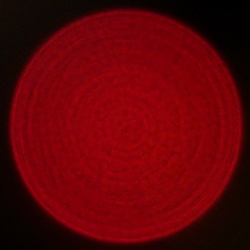
|
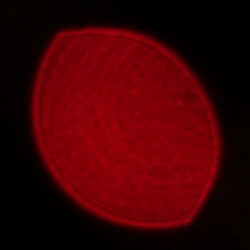
|
| A7R III, f/2.0, center | A7R III, f/2.0, Corner |
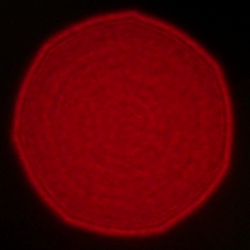
|
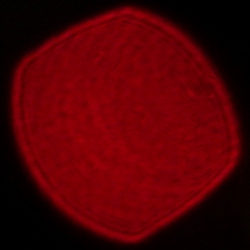
|
| A7R III, f/2.8, center | A7R III, f/2.8, Corner |
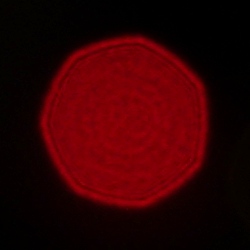
|
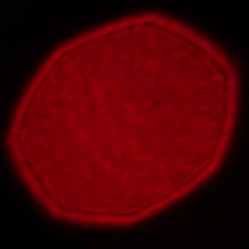
|






